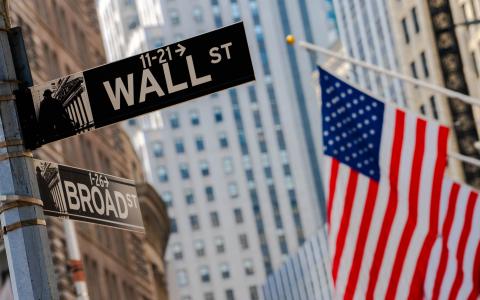
(Bloomberg) Investors are betting that President Donald Trump will deliver a partial trade deal with China soon, boosting anemic economic growth, sustaining the bull market in stocks and offering the hope of calmer waters for global commerce.
But careful what you wish for. What looks like a step forward may actually be a step back. The prospect of as so-called phase one deal, even if it sticks through next year’s tumultuous presidential election campaign, may make a broader phase two agreement even harder.
In theory, a narrow deal creates trust that helps both sides move on to more difficult disagreements. America’s recent reliance on punishment rather than incentives, however, means the next phase of negotiations offers Beijing few incentives to tackle sensitive structural reforms beyond still more threats of yet more tariffs. Why would these work in phase two when they delivered so little in phase one?
Ever since the U.S. backed China’s accession to the World Trade Organization in the late 1990s, American policy has been more or less consistent in its vision for the relationship. Presidents Clinton, Bush and Obama all hoped Beijing would embrace markets and even some democracy, as the country accrued the benefits from integration in the global economy and participation in international financial institutions.
The strategy included a mix of both positive enticements and punitive sanctions. There were countervailing duties to punish Chinese dumping, restrictions on the sale of technology with potential military applications and blocks on Chinese investments that were deemed a threat to U.S. national security. But there were also moments of closer cooperation on economic stimulus after the 2008 financial crisis and on joint climate goals in 2015.
Trump’s tougher rhetoric and his escalating tariffs represented an extreme version of a shifting consensus, and it certainly got Beijing’s attention. But his demands, beyond more orders to reduce America's trade deficit with China, were vague and his negotiating tactics left the Chinese wondering if any deal would stick.
At the same time, there has been a broader reassessment in the U.S. on just how much reform China has delivered in return for gaining access to global markets. Businesses have complained that the Chinese never eased policies that favored domestic enterprises. American China hands counting on more political openness have worried that there is even less tolerance for dissent than in the past.
Details are sparse, but recent reports suggest the narrow deal will hinge on Beijing’s commitment to make large agricultural purchases in return for a partial roll-back of U.S. tariffs. This takes the sides essentially back to where they were at the start of the Trump administration, except perhaps for some large orders that ease the pain for beleaguered American farmers.
The agreement may also include some further Chinese commitments to allow new U.S. investment on more favorable terms, but these will be hard to assess anytime soon. It’s also difficult to see where negotiations will go next without a more balanced U.S. strategy that includes at least some incentives for cooperation and a clearer vision of the economic relationship.
In fact, it’s much easier to imagine U.S. sentiment souring further as China’s market access remains subject to restrictions and government subsidies continue to flow to key industries. Even if Trump is not re-elected, none of the leading Democratic presidential candidates suggest they will shy away from a tough line on Chinese trade practices.
For its part, Beijing will feel it has resisted another awkward Western attempt to keep China down as it braces for more threats of tariffs, more sanctions on its leading tech companies and more scolding from Western powers that don’t entirely have their own acts together.
And this is before other emotional issues spill out on to the table. Escalating violence in Hong Kong has already triggered U.S. legislation requiring annual reviews of the city’s special status and its human-rights record.
This carries all the makings for both sides to emerge embittered and even less willing to discuss the broader relationship, let alone make further compromise.
The upshot may be that many investors find themselves longing for the late months of 2019 when they could price in the hope for a narrow deal between Washington and Beijing without staring at the yawning gap that remains.



